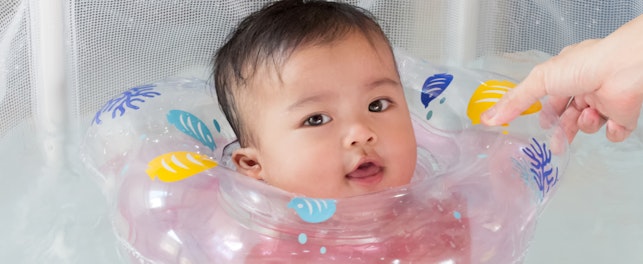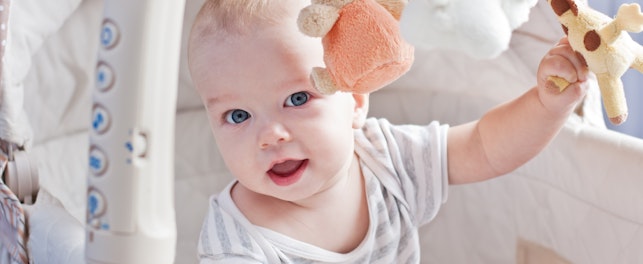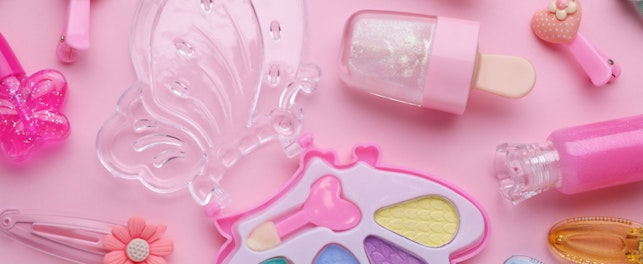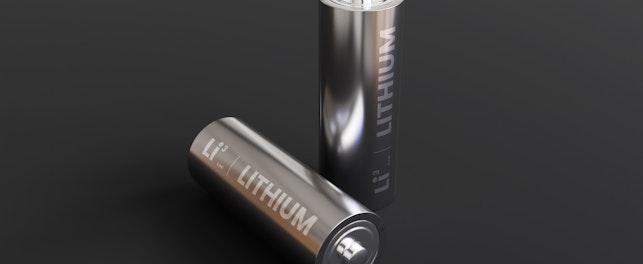RAPEX notifications have been stable since 2012. In 2019, the total number of notifications was 2,243. There was also an increase in the number of EU Member State follow-up actions: 4,477.
On July 7, 2020, the European Commission published the latest results of its Rapid Alert System for dangerous non-food products (RAPEX).
The 2019 annual report confirms the stabilization of alerts since 2012 with a total of 2,243 notifications of unsafe product last year. The number of follow-up actions submitted through the RAPEX increased to 4,477 compared to 4,050 in 2018. Over 80% of the follow-up actions in 2019 are related to vehicles. Other consumer goods are more difficult to trace.
Still, in 2019, toys accounted for 7% of the follow-up notices, showing countries are determined to protect children from dangerous products. This is confirmed by the number of alerts for toys, which in 2019 was again the most notified product. Children’s clothes and shoes are often notified as well in RAPEX.

Regarding the risks posed by these products, risk of injury is the most notified risk as it is linked to the numerous alerts on motor vehicles, but it is also often related to children’s clothes and toys. Chemical risk, which is the second most notified risk is mainly associated with certain toys, jewelry and clothes.

Source: 2019 results of the Rapid Alert System, the Directorate-General for Justice and Consumers- Directorate Consumers
47% of toy notifications referred to chemical risk, with the presence of phthalates in plastic dolls and boron in slime toys often being the reason for recall. 2019 also showed a high number of unsafe toys due to the danger of button batteries which can be swallowed by children when easily accessible.
In 2019 there was also an increase in alerts for dangerous substances in cosmetics and tattoo inks.
The annual report also stressed the continuous effort of national market surveillance authorities, the EU Commission and the online marketplaces to protect consumers buying on the internet from dangerous products. In 2019, 16% of the RAPEX alerts mentioned that the dangerous products were sold online.
Finally, the EU Commission states in the report its aim to improve checks on consumer products by helping market surveillance authorities to work together on joint tests through specific projects: Coordinated Activities on the Safety of Products (CASP). In 2019 soft-filled toys, slime toys, personal transporters, children’s bicycle seats, batteries and chargers were analyzed. In 2020, toys, jewelry, home play outdoor equipment, cables, small kitchen heating appliances, baby nests and children's car seats will be tested, as well as COVID-19 related products (masks, gloves, hand sanitizers).
SGS publishes the latest unsafe product notifications in Europe, US, Canada and Australia for free every week on Product Recalls online platform.
EU & US statistics are also available quarterly on Product Recall Trends.
Both Products Recalls and Product Recall Trends are also distributed in the SafeGuardS emailing.
SGS is committed to providing information about development in regulations for consumer products as complimentary services. Through a global network of laboratories, SGS provides a wide range of services including physical/mechanical testing, analytical testing and consultancy work for technical and non-technical parameters applicable to a comprehensive range of consumer products. Please do not hesitate to contact us for further information.
For enquiries, please contact:
Frederique Lorber
Knowledge Management – Senior Project Manager
t: +33 4 42 61 64 42
© SGS Group Management SA - 2020 - All rights reserved - SGS is a registered trademark of SGS Group Management SA. This is a publication of SGS, except for 3rd parties’ contents submitted or licensed for use by SGS. SGS neither endorses nor disapproves said 3rd parties contents. This publication is intended to provide technical information and shall not be considered an exhaustive treatment of any subject treated. It is strictly educational and does not replace any legal requirements or applicable regulations. It is not intended to constitute consulting or professional advice. The information contained herein is provided “as is” and SGS does not warrant that it will be error-free or will meet any particular criteria of performance or quality. Do not quote or refer any information herein without SGS’ prior written consent.



